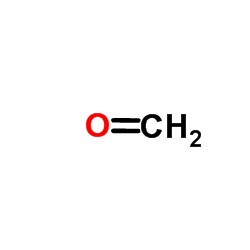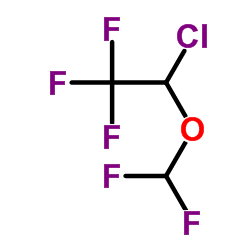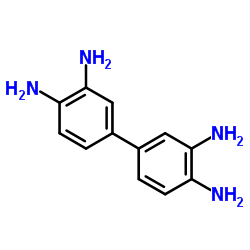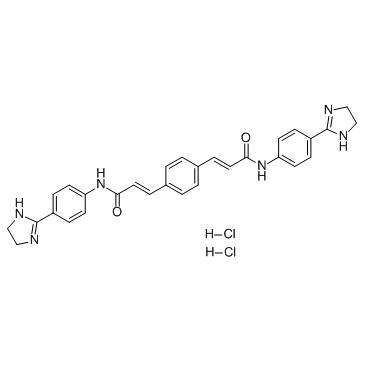| Structure | Name/CAS No. | Articles |
|---|---|---|
 |
Formaldehyde
CAS:50-00-0 |
|
 |
Isoflurane
CAS:26675-46-7 |
|
 |
3,3'-diaminobenzidine
CAS:91-95-2 |
|
 |
Chlormethine hydrochloride
CAS:55-86-7 |
|
 |
GW4869
CAS:6823-69-4 |